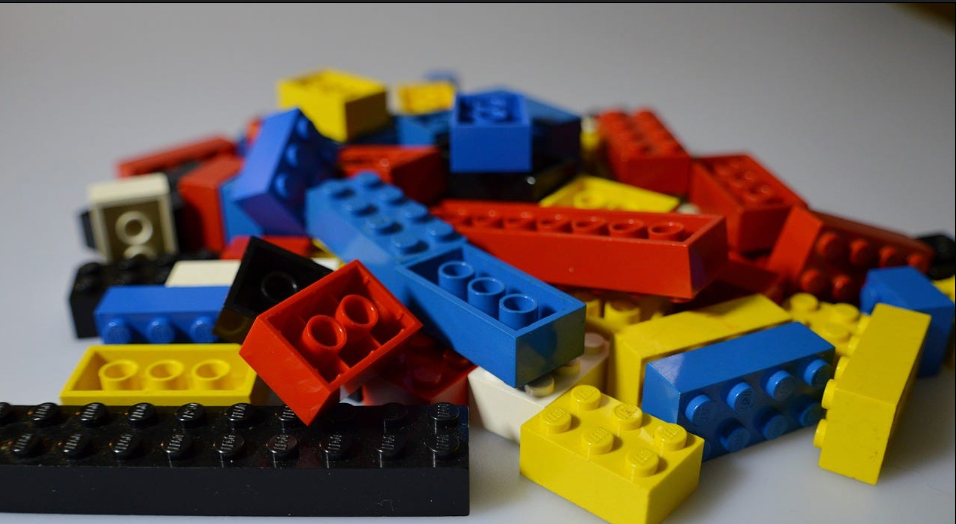When it comes to designing products, there are two main approaches: modular design and standard design. Each of these methods has its unique features and benefits, but they also come with their own set of limitations and drawbacks. Modular design, kind of like how you can build different things with LEGO bricks, lets you mix and match components easily, making it super easy to customize and change things up based on what you need. It’s like having a bunch of puzzle pieces that you can rearrange however you want to make different pictures. On the other hand, standard design is more like following a recipe – you stick to a set plan without much room for variation. It’s like making the same cake over and over again using the same ingredients and instructions.
With modular design, you can make things as complicated or as simple as you want. You can add more pieces and make something super intricate or keep it basic with just a few parts. It’s like building a big, fancy castle with many towers and secret passages, or just a small house with one room. Standard design, though, is more straightforward. You follow the same plan every time, so things stay pretty simple and easy to understand. It’s like making a basic shape out of Play-Doh using a cookie cutter – you get the same thing every time, which can be nice and predictable.
With modular design, all those extra pieces and customization options can end up costing more money. It’s like if you want to build a big castle with lots of fancy features, you’re going to need to buy a lot more LEGO sets, which can add up pretty quickly. On the other hand, standard design lets you make a bunch of the same thing all at once, which can be cheaper because you’re buying in bulk.
So, when it comes down to it, both modular and standard design have their pros and cons. Modular design gives you a lot of freedom to create exactly what you want, but it can get pricey. Standard design is cheaper and simpler but doesn’t offer as much room for creativity. In the end, the choice between modular and standard design depends on what you’re making, how much you want to customize it, and how much you’re willing to spend.
Sources:


